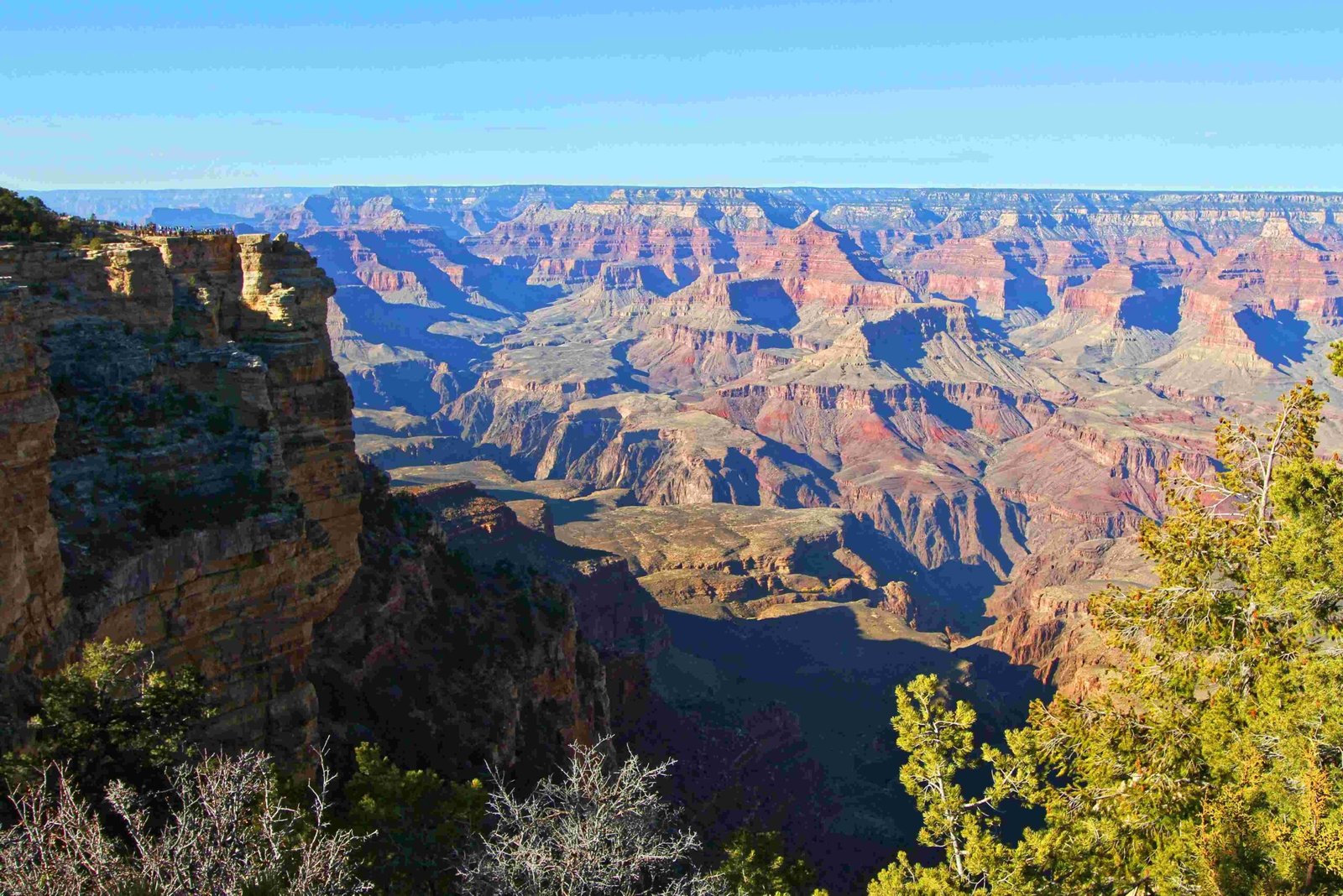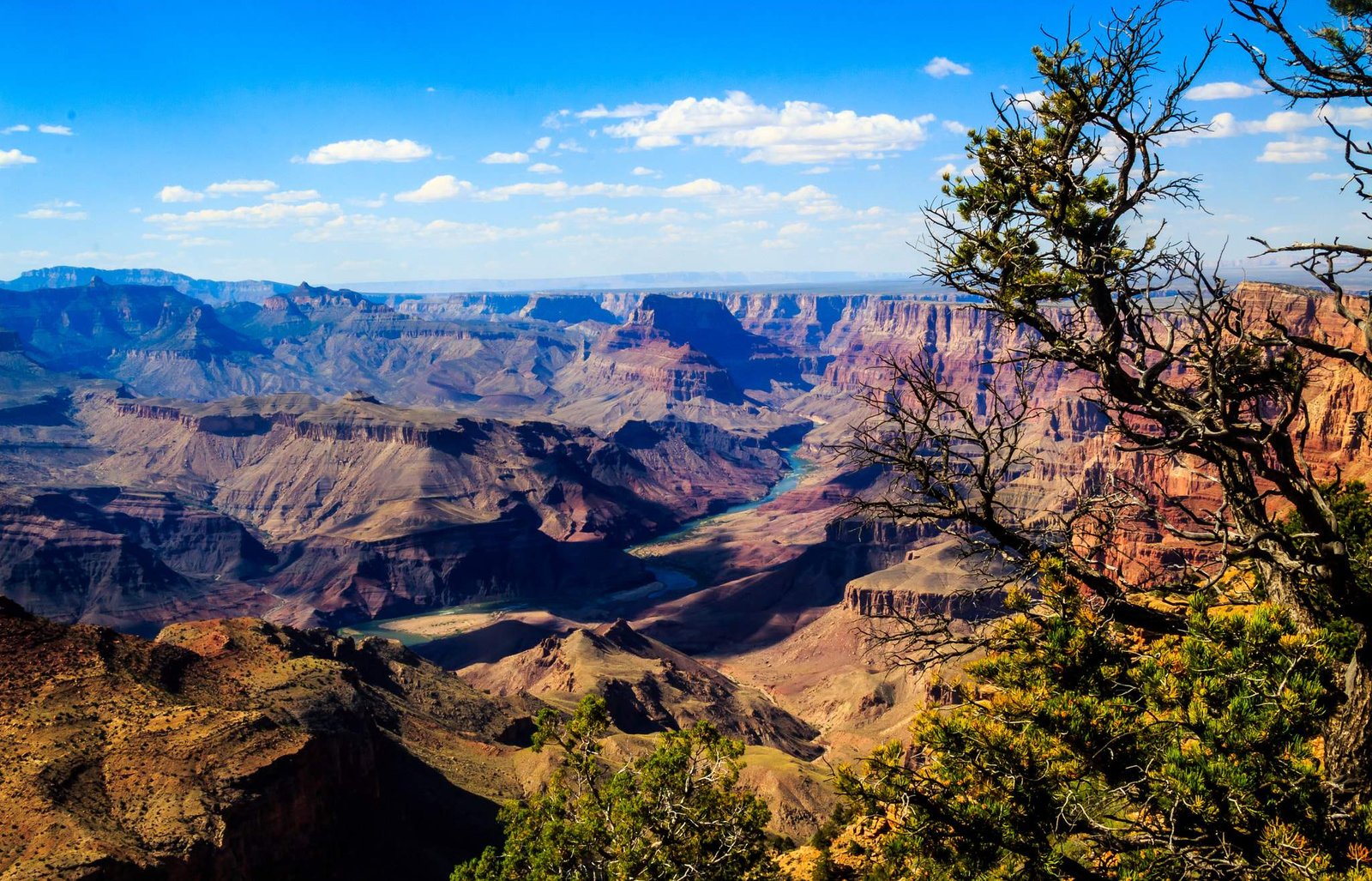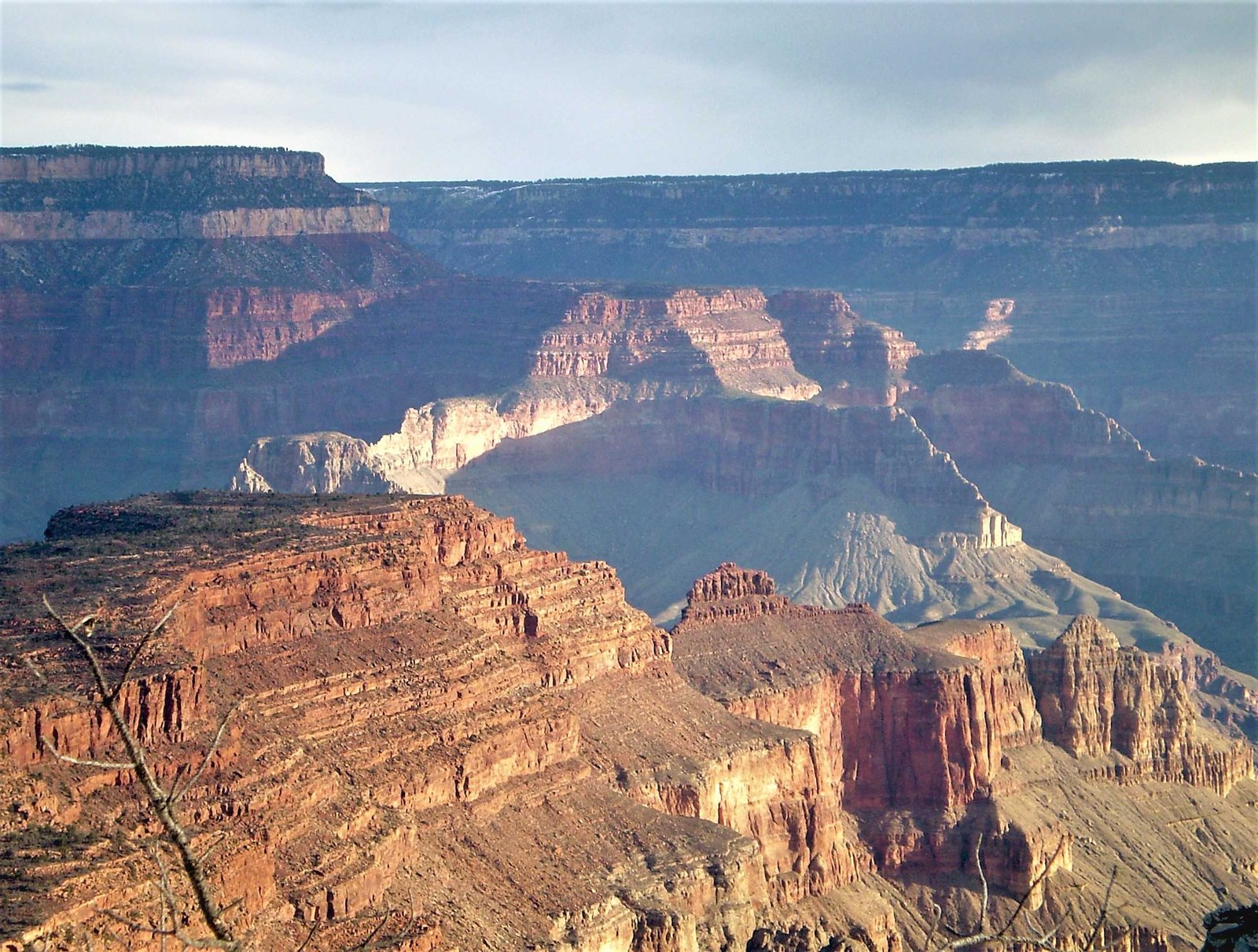The Grand Canyon’s name emerged from a blend of geographical wonder and exploratory language, originating in the mid-19th century when early geographers and explorers sought to capture the immense scale and breathtaking landscape of this natural marvel. Lorin Blodget first documented the term ‘Grand Canyon’ in 1857, marking a pivotal moment in the canyon’s historical nomenclature that would forever define this iconic American landscape.
What Are the Origins of the Grand Canyon’s Name?

The name “Grand Canyon” represents more than a simple geographical descriptor; it embodies the awe-inspiring nature of one of the world’s most remarkable geological formations. Early explorers recognized that traditional naming conventions could not adequately capture the canyon’s magnificent scale and profound beauty.
Who First Used the Term “Grand Canyon”?
| Explorer | Year | Contribution to Naming |
|---|---|---|
| Lorin Blodget | 1857 | First written use of “Grand Canyon” |
| Joseph C. Ives | 1858 | Used “Big Cañon” initially |
| John Wesley Powell | 1869-1872 | Popularized the name through extensive expeditions |
Key Factors in the Naming Process
- Linguistic Origins
- “Grand” signifies immense size and majesty
- “Canyon” derives from Spanish “cañón”
-
Represents a deep, narrow valley with steep sides
-
Cultural Significance
- Reflects Native American sacred landscapes
- Symbolizes American natural heritage
- Captures geological complexity
Why Was “Grand Canyon” Chosen?
The term “Grand Canyon” was selected to emphasize several critical aspects:
- Geographical Scale: Spanning 277 miles long
- Depth: Reaching over 6,000 feet
- Geological Complexity: Carved by the Colorado River over nearly two billion years
- Visual Magnificence: Representing an unparalleled natural wonder
How Did Explorers Contribute to the Name?
Explorers like John Wesley Powell played crucial roles in popularizing the name. Through extensive mapping and scientific expeditions, Powell’s reports and publications helped cement “Grand Canyon” in public consciousness.
What Makes the Name Significant?
The name transcends mere geographical labeling. It represents:
– A testament to geological processes
– A symbol of natural beauty
– A cultural landmark representing American wilderness
When Was the Name Officially Recognized?
While no single moment definitively established the name, its widespread use in scientific publications, maps, and explorer accounts gradually solidified its recognition throughout the late 19th century.
Conclusion

The Grand Canyon’s name emerged organically from a combination of descriptive language, scientific exploration, and cultural appreciation. It represents more than a geographical location—it symbolizes the magnificent natural heritage of the United States.

